Production of the famous Volkswagen Beetle is finally ending.
The curvy compact car got its start in Nazi Germany, played a role in the economic resurgence of Germany after World War II, and became a worldwide icon.
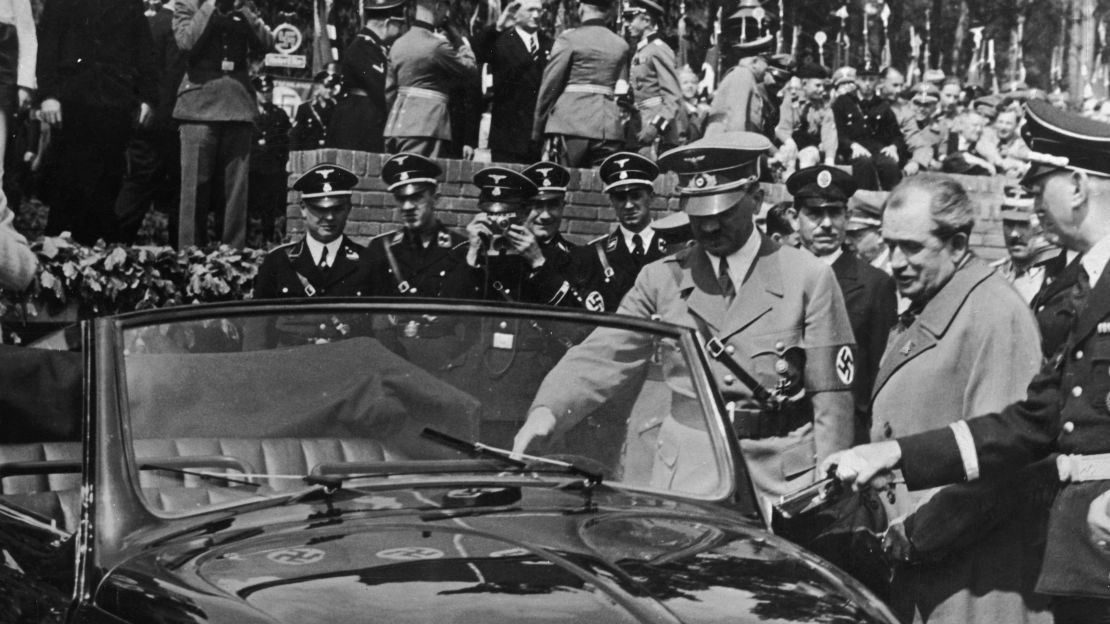
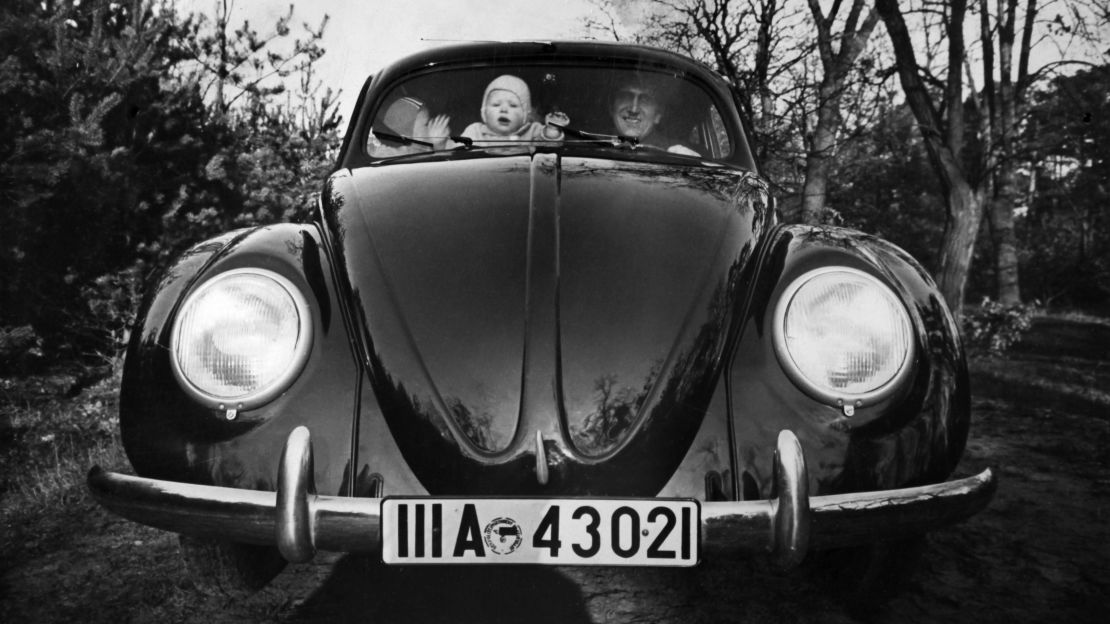

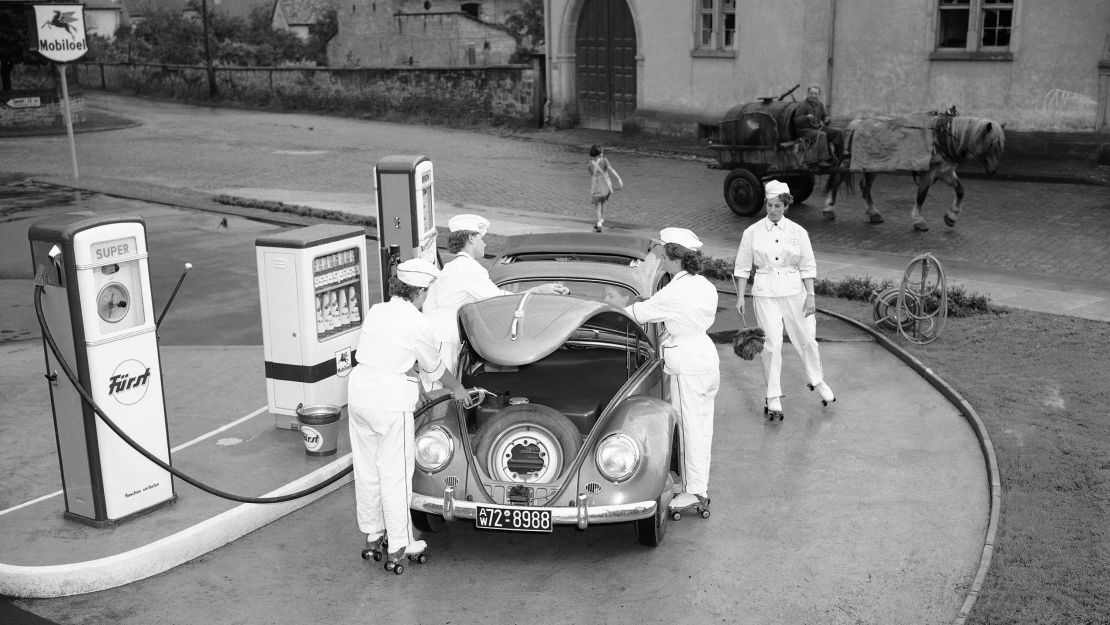
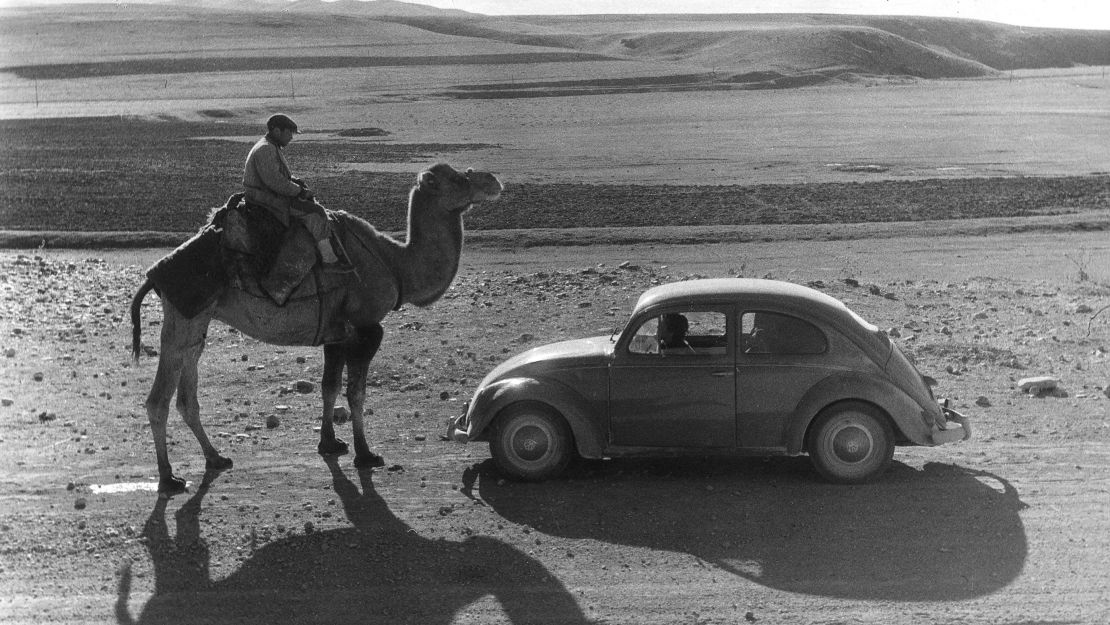
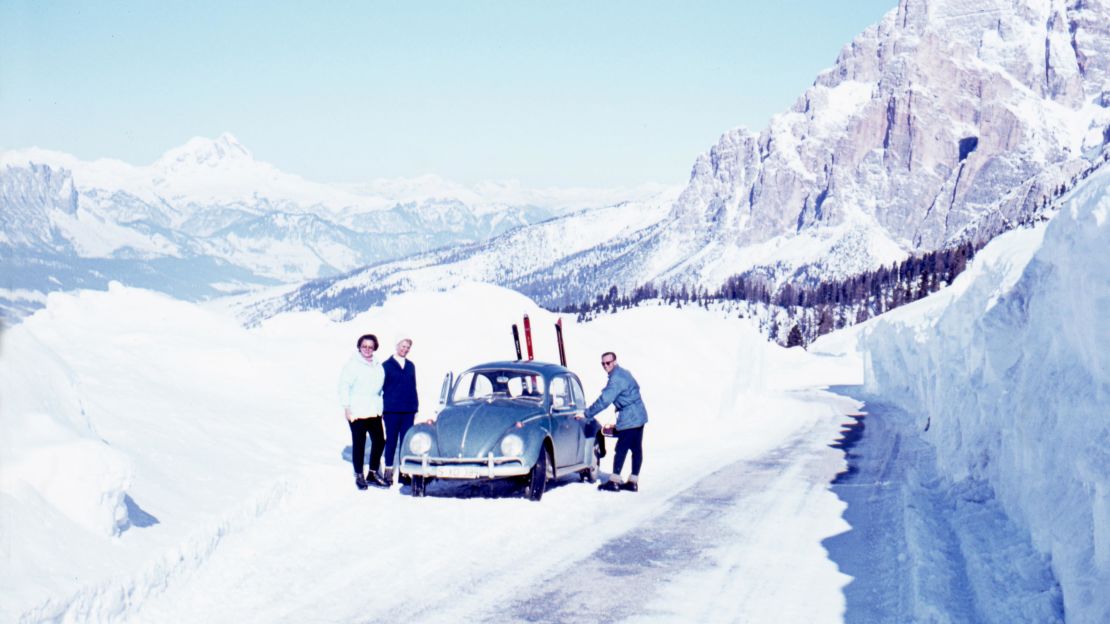

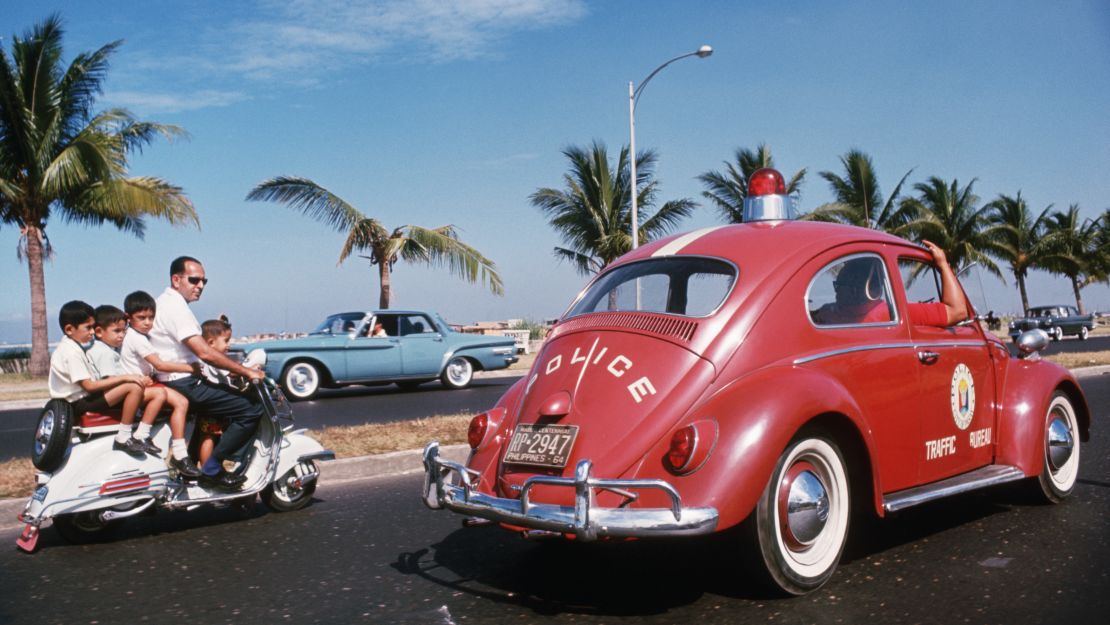
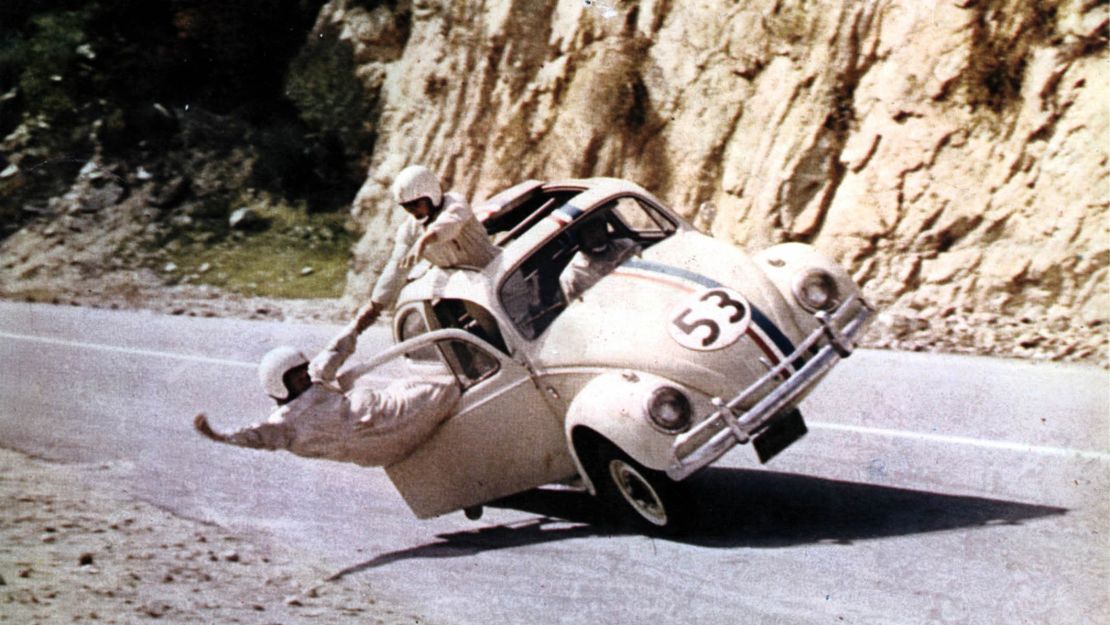
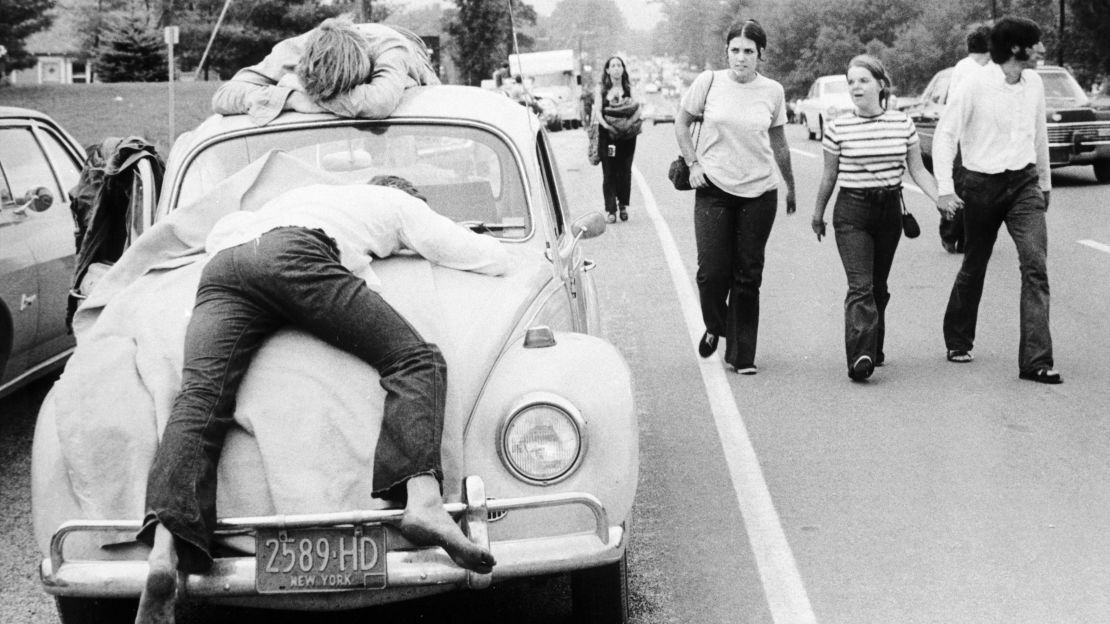

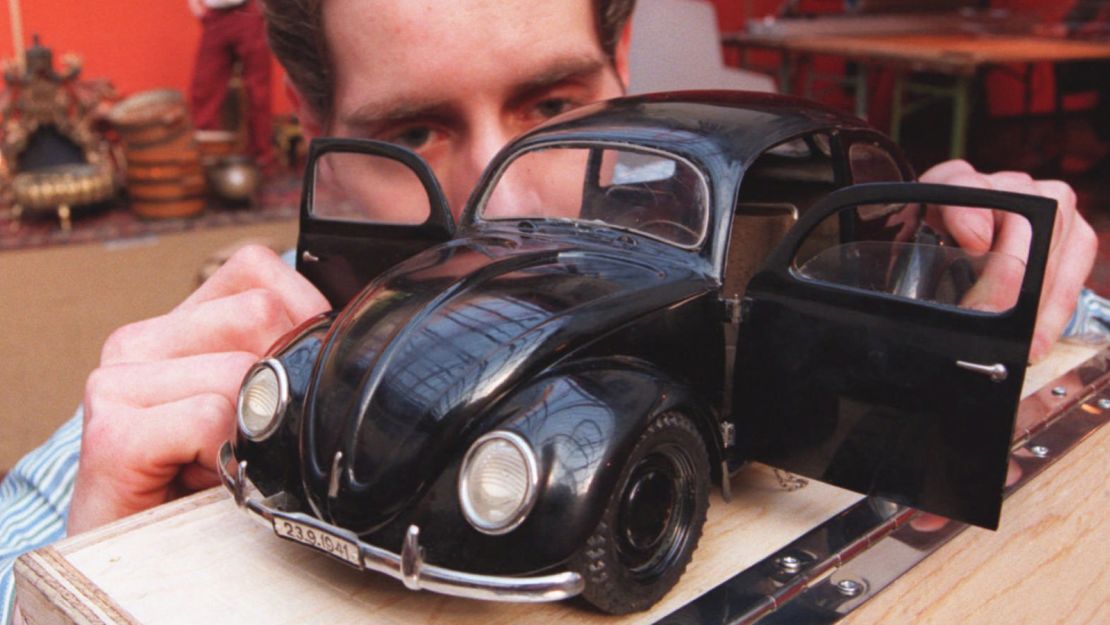
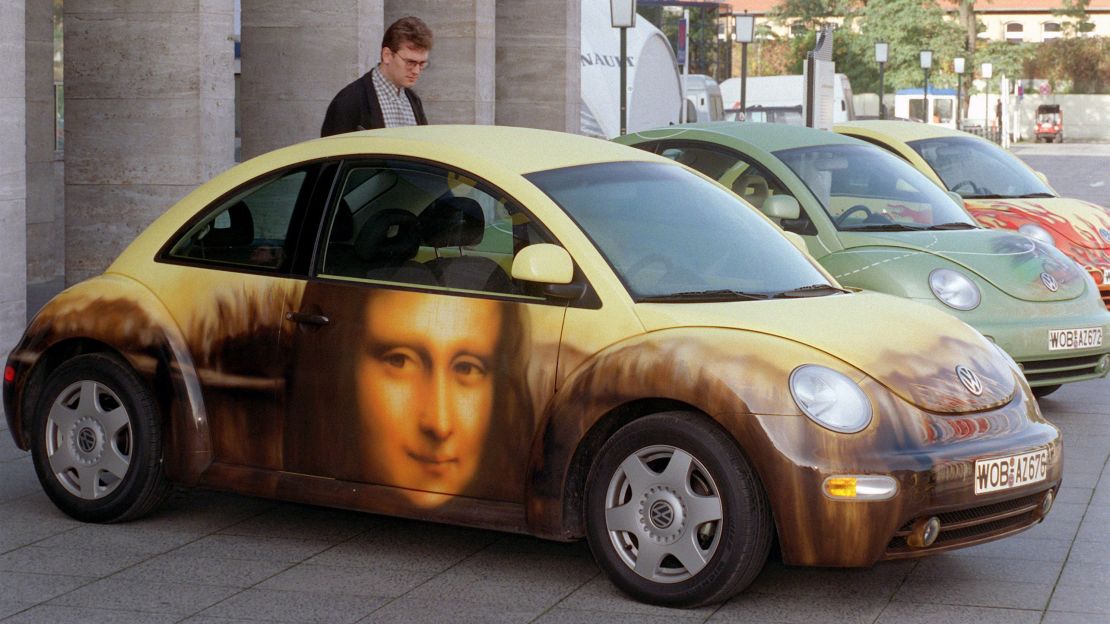
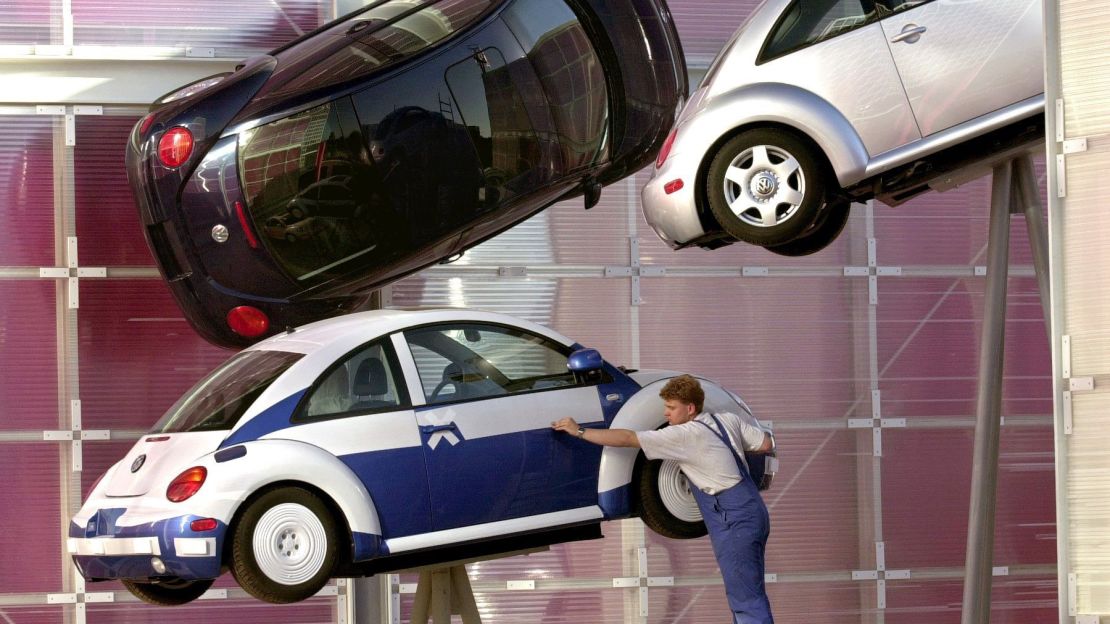
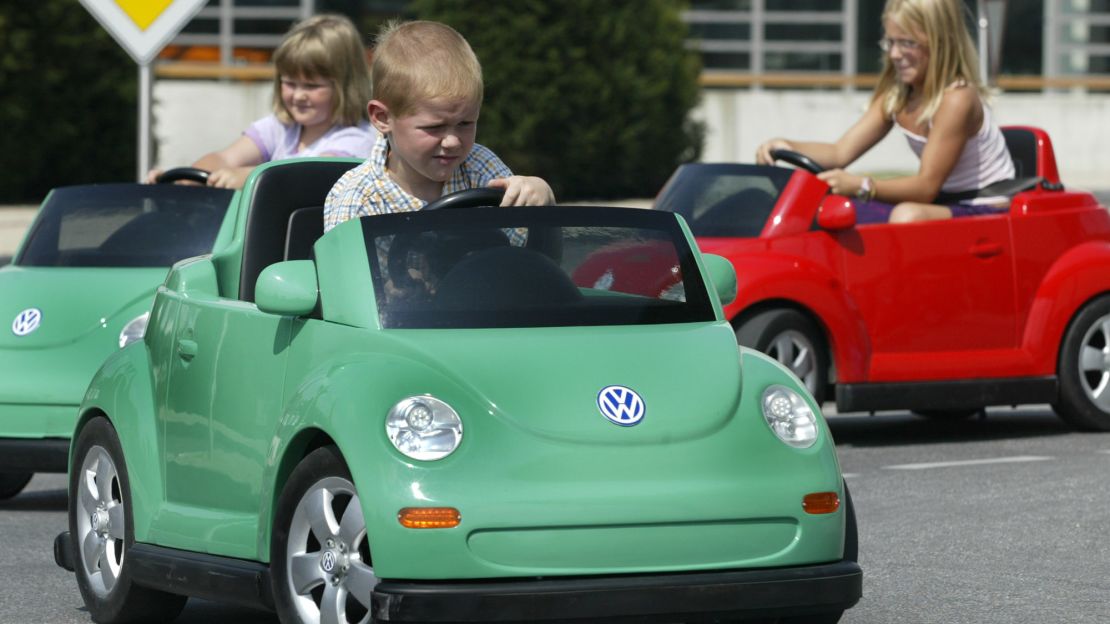
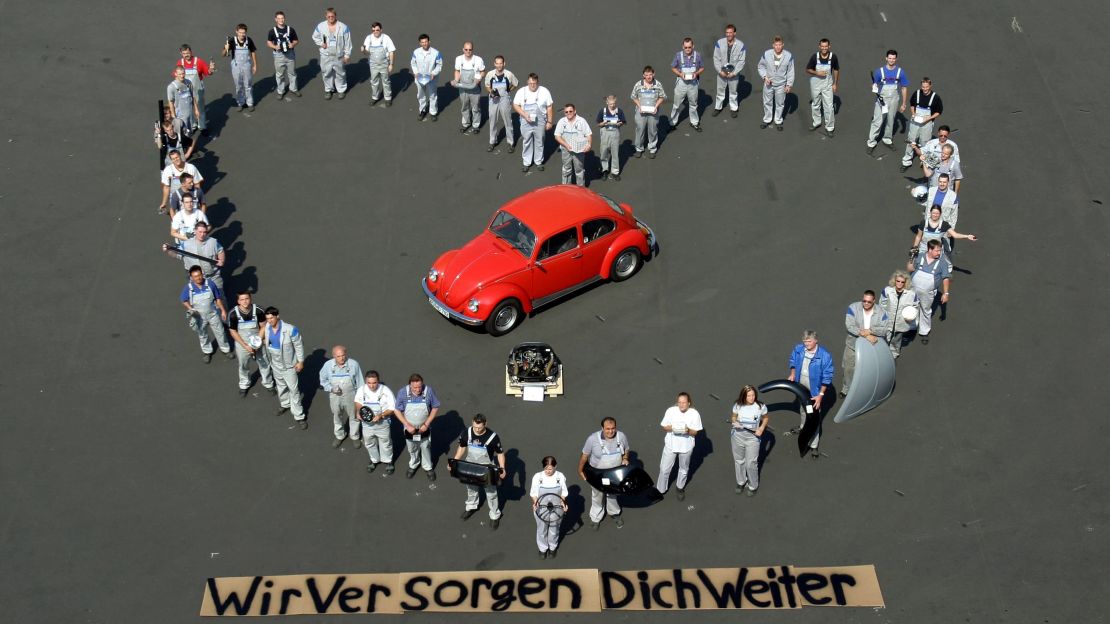
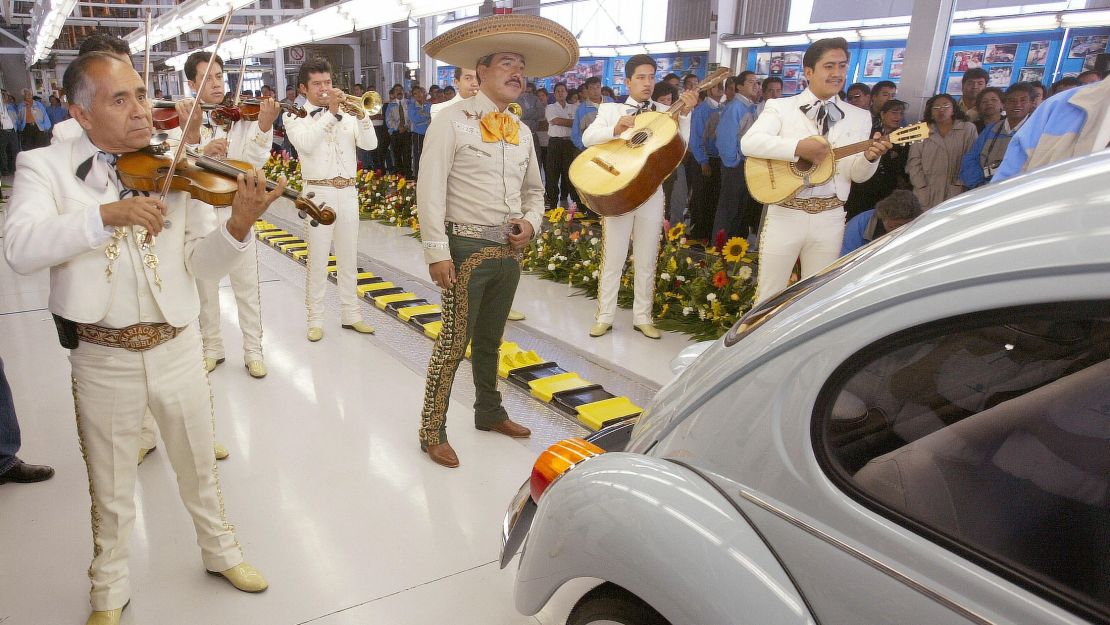
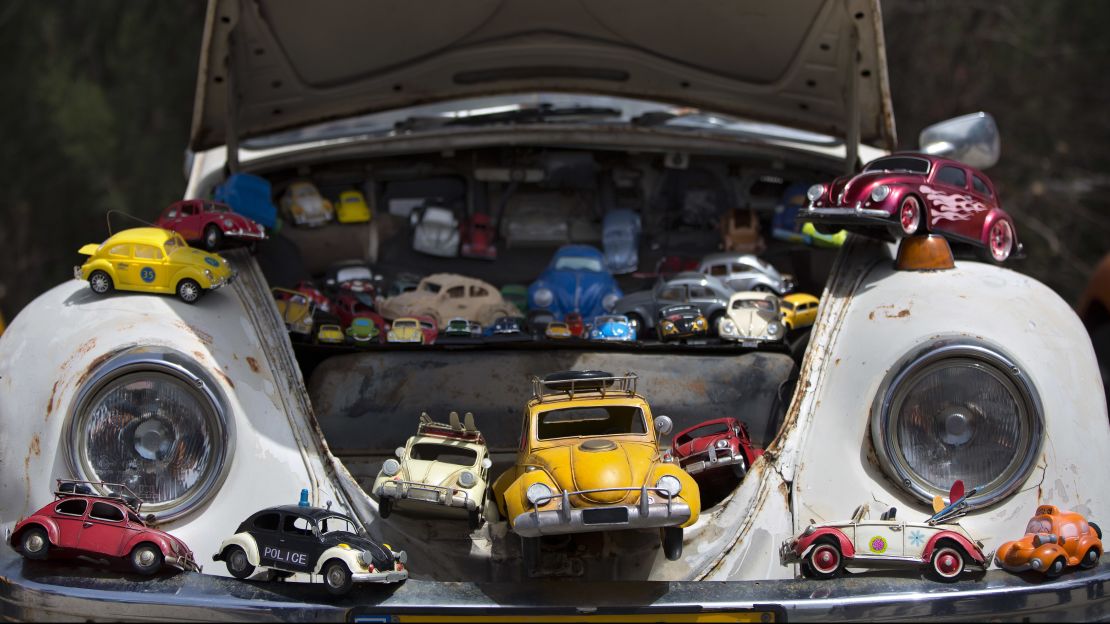


Production of the famous Volkswagen Beetle is finally ending.
The curvy compact car got its start in Nazi Germany, played a role in the economic resurgence of Germany after World War II, and became a worldwide icon.

















